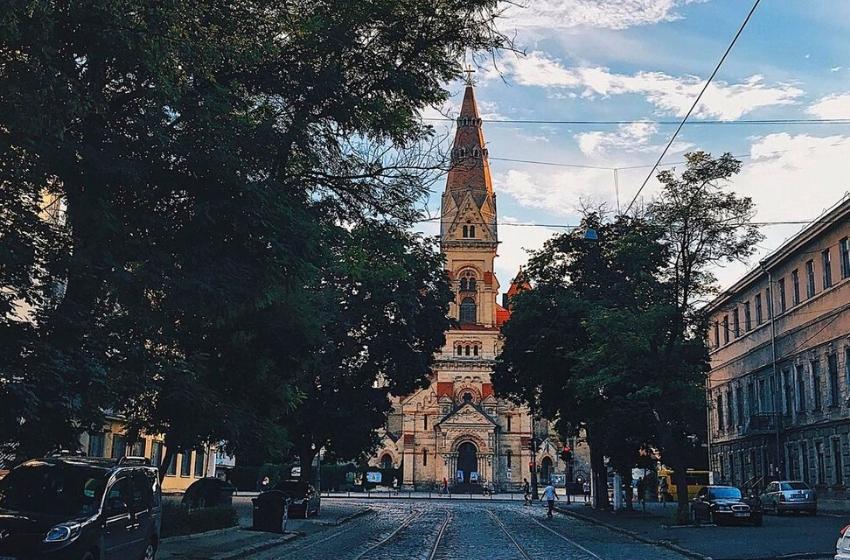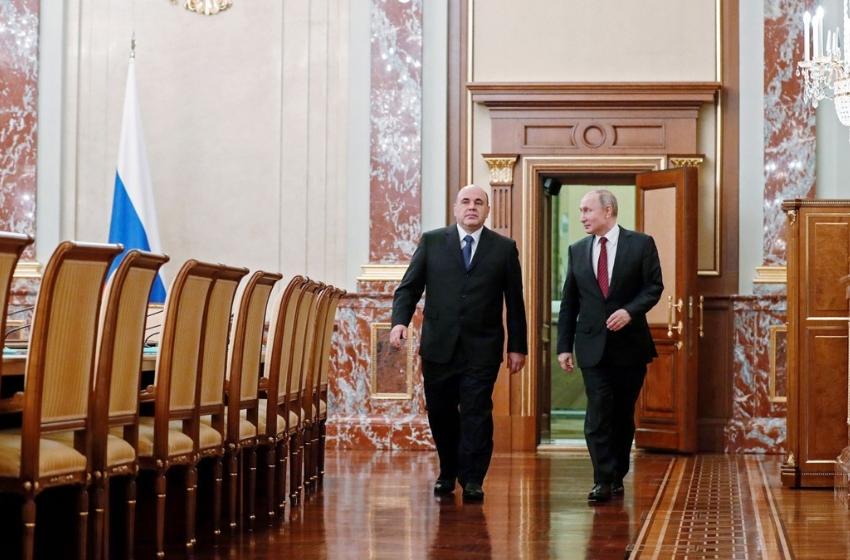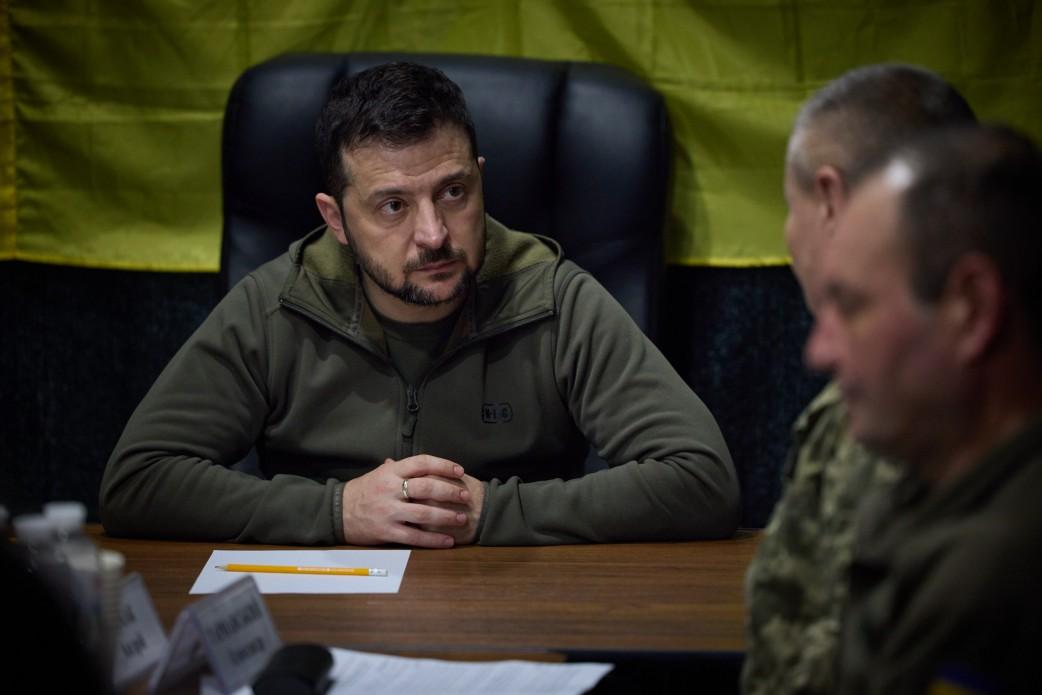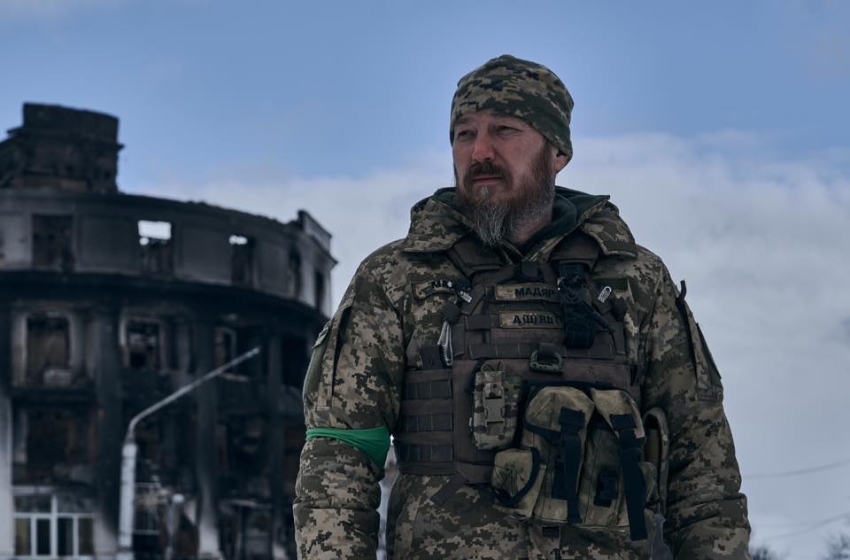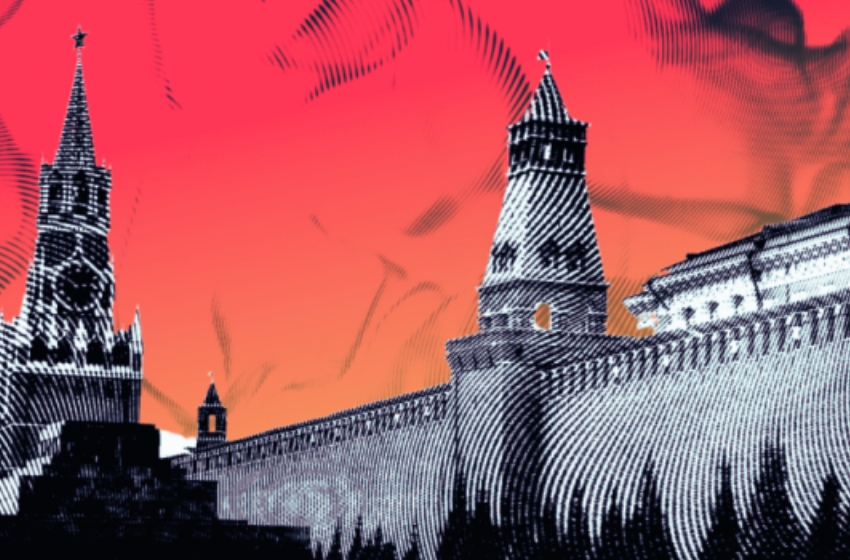The Cathedral of St. Paul of the German Evangelical Lutheran Church of Ukraine is the religious center of the Protestants of Ukraine of the German church tradition. It is also a historical building and architectural monument of national importance, which today houses the Bishop of the entire Lutheran Church of Ukraine.
First life
Thanks to the manifesto of Catherine II of December 24, 1751 on the granting of privileges to foreign immigrants from the beginning of the 19th century in Odessa, German communities settled in Southern Russia. The German community did not have its own church in Odessa; services were held in a rented building. By 1811 money had been raised to build his church, but the project was postponed due to the war with Napoleon and the war with Turkey.
In 1824, an application was submitted to the city development committee for the provision of empty land for the construction of a church. The community is allocated a plot bounded by the current streets of Novoselsky, Kuznechnaya, Luteransky and Topolsky lanes. The building is designed by the architect Franz Boffo.
The laying of the foundations of the church took place on April 28, 1824. The design and construction management was entrusted to the architect Franceso Boffo. The Lutheran Church was the first major order for an architect and unsuccessful. In June 1824 the half-completed bell tower and 10 columns of the front side collapsed into the main nave of the building, destroying it. In the chronicle on this occasion it was noted briefly: "The architect not enough cared about the construction."

Another architect Giorgio Torricelli, was involved in the work, and on October 9, 1827, the church was consecrated. This date is considered to be the founding date of St. Paul's Church. The consecration of the church after the completion of construction work was carried out by the superintendent of the Southern District of the Lutheran Church of Russia Karl-August Boettiger.
The peculiarity of the church was that the main entrance was directed to the north-east. Traditionally the church is oriented by its entrance to the west, and the apse - in the east.

- 1833 year. The fence of the church is being built, trees and shrubs are being planted. An organ is installed in the church.
- 1839 year. Two new bells are being cast and installed.
- In 1841, work began on the construction of a house for the pastor. The construction was completed in 1846.
- In the first half of the 19th century, the Lutheran and Reform denominations in Odessa held services in the same church. Since 1843, St. Paul's Church has become only Evangelical Lutheran.
- 1845-1846 years. A house is being built for the poor, elderly and disabled members of the church community. The construction of a community school begins.
- In 1858, the school was expanded and renamed "St. Paul's German School". In 1863, there were 718 students of various religious denominations.
- 1866 year. Gas lighting is being installed in the church.
- 1877-1880 years. A shelter for boys is being built and opened.
- In 1881 a gymnasium was built.
- In 1887-1888, the administrative building of the church, a new home for the elderly, and a school for girls were built.

Second life
By the early 1890s, the first building of the church was badly dilapidated and needed major repairs. It became already cramped for the increased number of the church community (at that time the German Lutheran community in Odessa was about 10 thousand people), and the church council in 1893 decided to hold a competition for the best project for the reconstruction of the church.
Of the 4 projects submitted for the competition, the project of the architect Hermann-Karl Scheurembrandt (from Stuttgart, Württemberg) was recognized as the best, who was entrusted with the execution of the work. The project for the new church with a capacity of 1,200 people. The reconstruction of the building was the first project of Scheurembrandt in Odessa.
In 1895, St. Paul's Church was demolished to make way for a new building. In 1897, the building of the new church was completed and consecrated. The total cost of construction was 110,000 rubles. The temple had these dimensions: length 50 m, width 22 m. At that time, the Church of St. Paul was the third largest Lutheran church after St. Petersburg and Moscow.
With its height - almost 50 meters - the bell tower was the tallest tower in the city at that time. In addition the church itself is located on the highest point of the Odessa plateau, that's why the church tower could be seen over a very long distance. For a ships sailing to Odessa, the church was used as a reference point and it was indicated in the sailing directions.

This restoration was a new stage in the history of the church of St. Paul, since in architecture and interior decoration it was very different from the previous church. Scheurembrandt used features of the Gothic and Romanesque styles in the new church. An example was the temples in Germany in the neo-Romanesque style, which embodied elements of the late Rhine Romanesque style.

In February 1920, the power of the Bolsheviks was established in Odessa, and in October 1921, a special commission confiscated the registers of births that the church had, which had been kept since 1820. The outbreak of famine served as a pretext for the seizure of church valuables from the Evangelical Lutheran parish of St. Paul on May 3, 1922 by a commission of the provincial executive committee.
However, the really difficult times for the community came with the beginning of large-scale repressions of the 1930s (the so-called years of the "Great Terror"), when up to 8 million Soviet citizens were killed on unjust charges, including priests and believers of all religious denominations country. Friedrich Merz, who served as a vicar in Odessa in 1916-1919, died in 1931 in the Solovetsky camps.
The last pastor of the Odessa parish, Karl Karlovich Vogel, was arrested on July 4, 1937 and shot in the same year on October 27. The church director and organist, professor of the Odessa Conservatory and accompanist of the Odessa Opera House, Teofil Danilovich Richter (father of the outstanding Soviet pianist of the XX century Svyatoslav Richter) was shot along with other 23 members of the "German" church on October 3, 1941, shortly before the entry of the German-Romanian troops into Odessa.

Divine services in the church stopped in 1938, when the cross was removed from the spire of the church. The building was used as a library.
During the Romanian occupation of Odessa, the church of St. Pavel was reopened on December 7, 1941, services were held there until the end of December 1943. Spiritual ministry in the Odessa parish during this period was carried out by Lutheran pastors from German communities in Romania. In such a short period about twenty pastors have contributed to the restoration of church traditions in the city.
In the post-war period the building of the church was transferred to the Institute of Communications named after Popov, the main building of which has grown in close proximity to him. A transmitting television antenna was installed on the bell tower - from here the first regular television broadcasts in Odessa were conducted. The choir was equipped with equipment for cycling, wrestling and gymnastics. As a result, deep cracks appeared in the supporting structures of the temple. The apse was equipped with toilets and showers for athletes, and a laundry was added to the outside of the building, which led to the destruction of the foundations due to the ingress of water and sewage.
Third life
Soon the public became aware of rumours about the demolition of the church as an emergency building. In 1965-66, a bitter struggle broke out to preserve the Church of St. Paul. The State Service for the Protection of Cultural Heritage of Ukraine, leading intelligentsia, students of various universities expressed their protest. They managed to cancel the already planned explosion of the church building.
Donations and restoration work began to convert the church into a concert hall. But the plans were not destined to come true, on the night of May 9-10, 1976, a strong fire almost completely destroyed the church. The version that it was a deliberate arson is still not rejected. The fire was very canny: the bricks and tiles were not burning, there was nothing wooden, except for a fence on the territory. By the way, the fence itself mysteriously did not burn down. Clever arson.
After the fatal fire, the restoration of the church stopped. For more than 10 years the dilapidated building of the church served as a den for homeless people and drunks, overgrown with bushes and miraculously did not collapse completely.
After the collapse of the Soviet Union, national minorities in Ukraine acquired freedom of religion. The first steps began to bring the church back to life. On October 16, 1990, the Evangelical Lutheran community was again registered in Odessa. The next summer, parishioners began work aimed primarily at preventing further destruction of the walls of the church building. In 1992, the destroyed building was transferred to the German Evangelical Lutheran Church of Ukraine.
From that time on, a new bright streak began in the long-suffering the Church of St. Paul history. The engineering office of Coburg conducted a study of the state of the church building for restoration. The findings stated that the restoration of the structure was “in fact possible and economically acceptableâ€.

The exterior of the church was almost completely restored, but the interior decoration was made with an interesting solution. German engineers proposed to restore the main tower and the central nave as a service and concert hall, and after the demolition of the damaged apse, to erect a new office building with separate entrances in its place, which will be used for church administration and community meetings. This decision was made, but the length of the nave had to be sacrificed, it became smaller by two windows.
After all the preparatory work, on October 4, 2005, the official opening of the construction site took place. The Bavarian land bishop came to this event from Munich, the German ambassador from Kyiv, a lot of parishioners and curious Odessa citizens. From that moment on, complex, time-consuming work began on the restoration and rebuilding of the new church, which lasted almost five years. Interior decoration of the church was made by the German artist Tobias Kammerer.
In total, for the restoration of the of St. Paul church spent about 7 million euros. Grants for the construction came from the government of both Bavaria itself and the Federal Republic of Germany. Internal artwork was produced with donations from the Lutheran community of Odessa, as well as numerous sponsors from Germany.


On February 27, 2010, 4 bronze bells were raised to the almost completed church, the largest of which weighs 1 ton. The bells were given names: the largest was the bell of Christ, the second largest was the bell of the Apostle Paul, the next was the bell of the Apostle Peter, and the smallest was the bell of Our Lady of Mary. The bells were cast at the private bell factory of Rudolf Perner in the city of Passau (Bavaria). For 400 years, this workshop has been making bells for various cultural circles in all corners of the world.
On April 17, 2010 the consecration of the main cathedral of the German Evangelical Lutheran Church of Ukraine - St. Paul's Church took place.
The soul of the new church, like in all Catholic churches, is the organ. It was donated to the Church of St. Paul by the community of the Lutheran Church of the Holy Cross in Nuremberg. The organ has 27 registers and was produced by the renowned Steinmeyer company in Bavaria. From time to time, the church hosts charity concerts of organ music, which everyone can attend.
Next to the church there is a pastor's house built by architects Alexander Bernardazzi and Albert Shains in 1897-1899.


Source: Ukrainaincognita
Photo: Ukrainaincognita, Archodessa, Instagram









